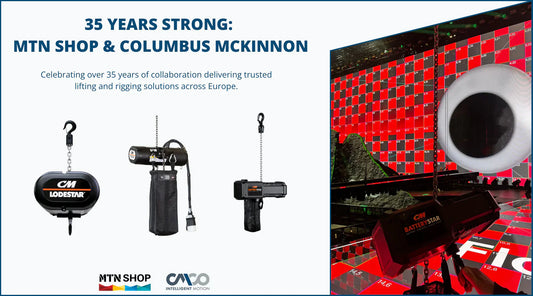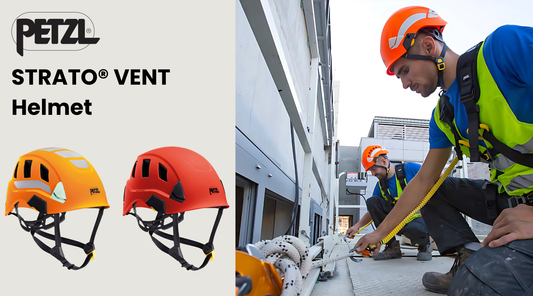What's the Difference Between Dynamic Rope and Static Rope?
Article
Whether you’re an adrenaline junky or working safely on the job, it’s important to have the right tools and to be informed about the equipment you’re working with. When it comes to using rope on your next adventure or in the field, you want to make sure you’re using the right type for your situation.
One of the most common questions we receive is, what is the difference between dynamic rope and static rope? Knowing the difference is key to rope access safety.
Here’s what you need to know about rope:
Classifying a rope as dynamic or static depends on how the rope reacts to an applied load.
When it comes to safety and performance, there is no rope is rope mindset. This is because not all rope is made equally. Even if you’re looking at two different ropes of equal quality, one may be better suited for your needs than another. For example, mountain climbers and rescue workers have different needs and therefore require different rope characteristics.
Dynamic rope, for instance, is specifically designed to be more tensile; when loaded, a dynamic rope will stretch. Static rope, on the other hand, will not stretch under a load; it’s not as elastic as dynamic rope. The differences in elongation are the result of different fibers and different construction methods used.
Dynamic Rope

If you’re looking for a rope to secure you in the event of a fall, you’ll want dynamic rope. This is because they are intentionally designed to be somewhat elastic and help absorb the impact of a fall. We recommend dynamic rope safety lines for mountain climbers, for instance, because they stretch and cushion the sock of a fall. and/or in any situation where there is the potential for a fall and high-impact forces. By comparison, if you use a static rope to break a fall, there will be much higher impact forces and greater risk for injuries.
VIEW OUR DYNAMIC ROPE OFFERINGS FROM TOP BRANDS
Dynamic rope is primarily used in rock climbing, ice climbing, mountaineering, and any other situation where there is the potential for a fall and high-impact forces.
Static Rope

Static ropes, also known as low elongation ropes, are generally used for rescue work, caving, working at heights, and similar fields. In these types of situations, it is important for the rope in question to have minimal elongation and maximum strength. In short: these are designed not to stretch.
VIEW OUR STATIC ROPE OFFERINGS FROM TOP BRANDS
If you’re lowering an injured climber, ascending a rope, or hauling up a load, you do not want the stretch that dynamic ropes give for mountaineers. Ascending with a dynamic rope, rather than a static one, is much more tiring. Additionally, the stretch and bounce in the more tensile rope puts excess fatigue on your muscles.





